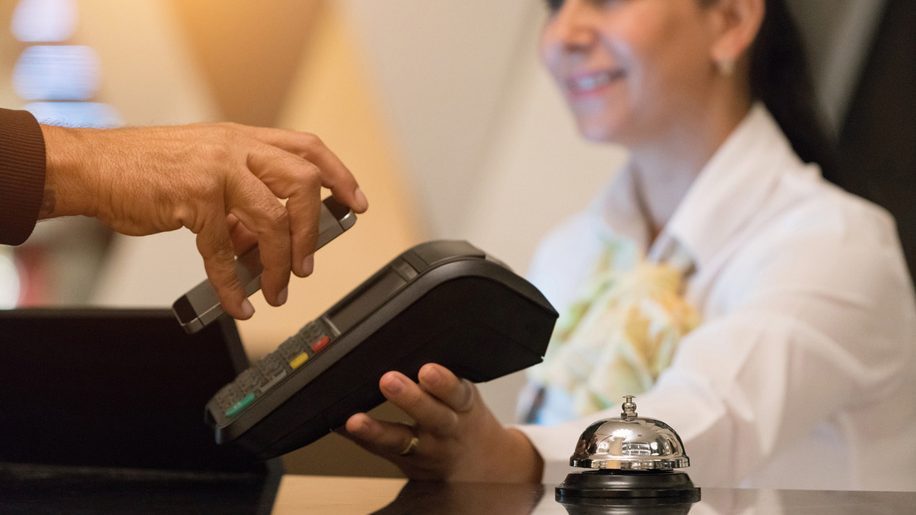- Coworking News
- Coworking Resources
Finally, Coworking Spaces Can Set Prices With Data, Not Guesswork

Pricing is, hands down, the most emotional and consequential decision a coworking operator makes. Yet, for many, it’s the one area where operators still base their decisions more on feeling than on facts. You look at your competitor, you feel out the market, and you set a price.
According to the DeskMag 2025 Global Coworking Survey (and this should not be in the least surprising), operators who prioritise optimised business models and offer high-demand resources like meeting and team offices are achieving greater profitability
This isn’t just about missing a few dollars on a day pass. Pricing led by your gut is actively costing you across different growth levers.
- Lost revenue from overbooked rooms: Your most popular, high-demand rooms are capped, leaving money on the table.
- Wasted space in underutilised inventory: Rooms or desks are empty because they are priced the same as in-demand inventory.
- Revenue ceilings: Growth stalls because your membership Lifetime Value (LTV) is artificially low.
- Unprofitable memberships: You’re spending more on the space and amenities than certain low-margin products bring in.
Balancing affordability with long-term profitability is a big challenge in coworking space operations, especially when margins are tight.
The solution isn’t raising prices blindly. It’s removing the emotion and basing your entire coworking pricing strategy on irrefutable facts: demand, utilisation, and member behaviour.
What operators often get wrong about pricing
When we look at operational data, three common mistakes stand out that suppress revenue and cause unnecessary pricing anxiety.
1. Pricing meeting rooms by size, not demand
The default is to charge more for a 10-person room than a 4-person room. But what if the 4-person room has better technology, a window, or is simply in higher demand?
Pricing should be driven by elasticity: how much people are willing to pay for that particular resource at that particular time.
2. Charging a flat rate across peak and off-peak
Your space runs on two speeds: rush hour and quiet time. Charging the same rate leads to two problems: overcrowding and frustration during peak hours, and empty seats—and lost revenue opportunity—during slow periods. Static pricing is the real risk.
3. Over-discounting memberships
While discounts are useful for acquisition, heavily discounting long-term plans can cripple your margins and reduce the overall Lifetime Value (LTV) of your members. Discounts must be applied with intent, not as an easy fix.
Dynamic Pricing as a toolkit
Data-driven operators leverage three strategies that reflect the true value of their space moment to moment, much like the airline and hotel industries.
1. Off-peak and time-based pricing
This is the lowest-friction way to align price with utilisation.
Action: Offer a 10–30% discount on meeting rooms between 8 am and 10 am, or after 4 pm.
Result: You fill rooms that would otherwise be idle, improving overall utilisation without devaluing your premium, high-demand slots. This is how to attract new customers during quiet periods.
2. True Dynamic Pricing
This is the core of an optimised coworking pricing strategy. Dynamic models use your historical data to automatically adjust rates, based on:
- Time: Day of the week (e.g., higher on a Tuesday, lower on a Friday).
- Availability: As room availability drops, the price automatically rises.
- Demand: If a specific room type is consistently booked out two weeks in advance, the price adjusts upwards.
By embracing this, you move from manual guesswork to an automated system that maximises yield.
3. Strategic bundling and add-ons
Bundling increases the average revenue per customer without the friction of a direct price hike.
High-value bundles: Combine a Virtual Office membership with a set of day-use credits.
Team passes: Pair private office rent with a monthly allowance for meeting room hours.
Premium add-ons: Charge for high-value amenities like dedicated storage or podcast studio access.
This makes your offering stickier and more valuable, increasing the amount a member spends with you overall.
Get a data-driven pricing score
How do you know if your current pricing is optimal? You need a benchmark against real market performance. A comprehensive report scores your pricing across the entire product mix, analysing everything needed to help you work from your data.
- Utilisation-based pricing alignment. Are your most-used resources your most expensive?
- Pricing elasticity. How does a small price change affect booking volume in your market?
- Off-peak strategy efficiency. Are your discounts filling rooms, or just cutting into revenue?
- Bundle efficiency. Are your packages actually increasing the total revenue per member?
You receive not just a score, but a pricing improvement pathway. Specific, actionable recommendations to optimise your entire inventory and capture the revenue you’ve been leaving behind.
Kieran used the Coworking Compass
Kieran has been running Orbit Spaces with his co-founder for 18 months and, in that time, opened five spaces across North West England.
To help him see if pricing could be optimised, Kieran tried the Nexudus Coworking Compass, a 10-minute assessment of his business operations.
“Dynamic pricing jumped out straight away; that was our lowest scoring area. Right now, we price based on the local market. I’d love to get to the point where our busiest times are automatically priced higher, and quieter slots cheaper” he said.
You don’t have to fear price changes. You just need the data to back them up. Shift your approach from emotional reaction to data-driven strategy and unlock your space’s true earning potential.
We created the Coworking Compass to help you see where your pricing sits relative to top performers, and if not, what you can do to get there. It only costs a few minutes of your time to take the assessment, yet it will pay off with pricing advice to help you make your space more profitable.
Want to know more about
how Nexudus could help your business?
We’re here to answer any questions you have.
Latest articles
-

- Coworking
- Coworking Resources
Why Diversified Revenue is the Future of Coworking
Emily Nguyen on December 12, 2025 -

- Coworking
- Coworking Resources
- Technology
Stop Losing Customers at the Finish Line by Keeping Your Checkout Smooth and Compliant
Emily Nguyen on December 10, 2025 -

- Community
- Coworking
- Coworking Resources
- Uncategorized
The Hidden Utilisation Problem Affecting Most Coworking Spaces – And How to Fix It
Emily Nguyen on December 3, 2025


